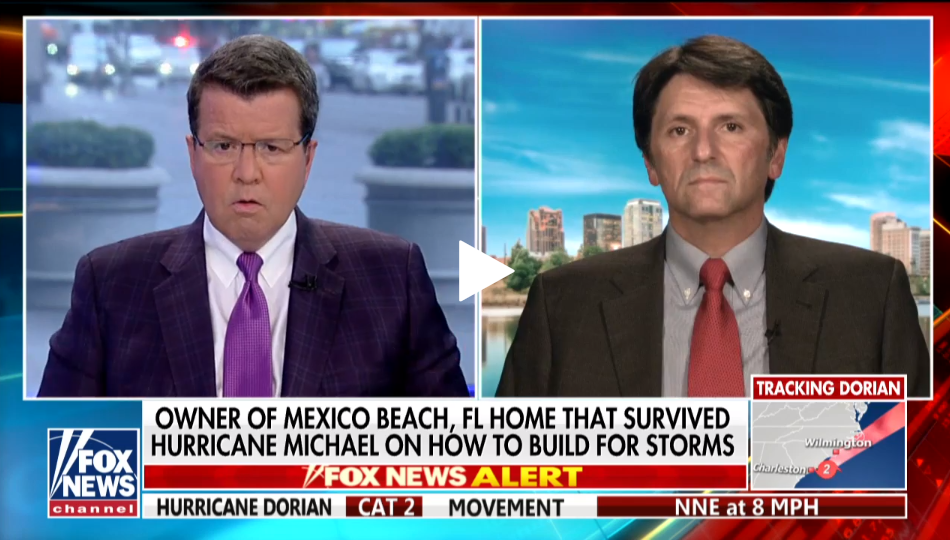Just this year, Hurricane Michael, a major hurricane, went through the Florida panhandle. On Mexico Beach, FL one house survived the hurricane because the owner had made use of precast to build his home. Fox News interviewed the home owner who discussed how precast saved his home even in the face of a major hurricane.

Although we cannot control the weather or other intense events that buildings might face, we can design for them using economical yet resilient materials such as precast. Precast concrete was designed to stand the test of time and designing structures with it can ensure those structures will be around for many years to come.